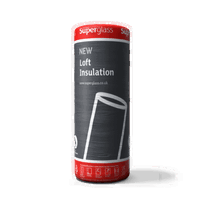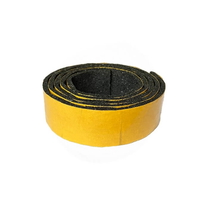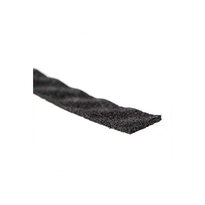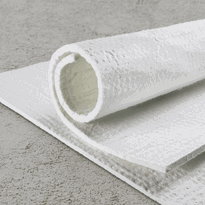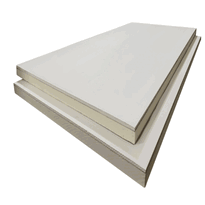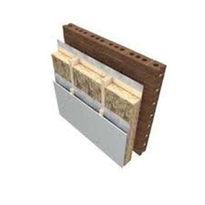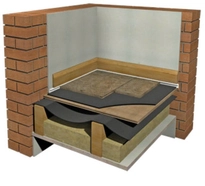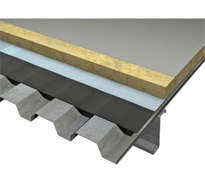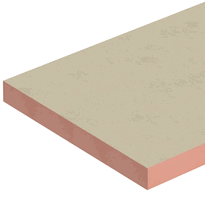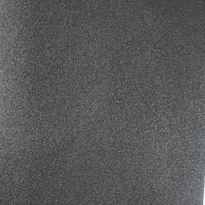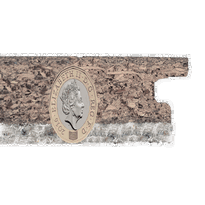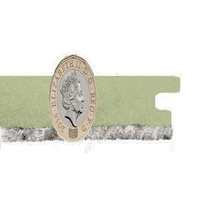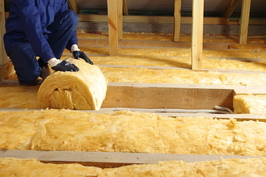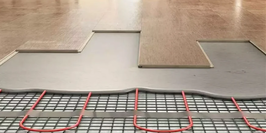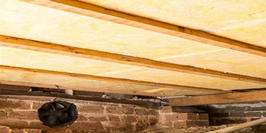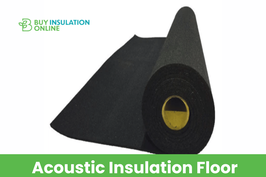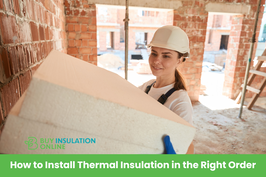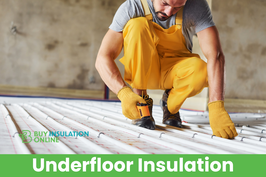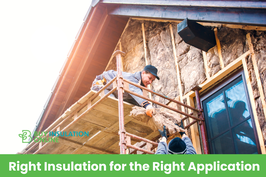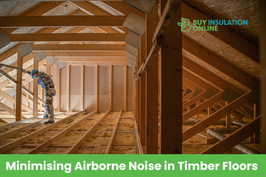Insulation Under Floorboards
Insulation beneath floorboards primarily involves the use of rigid board materials, such as polyiso, which offer high thermal resistance, moisture resistance, durability, and ease of installation. Proper fitting includes assessing the condition of the floor and crawlspace, cutting insulation to fit snugly between joists, ensuring tight overlaps, and securing the boards with staples or specialised fasteners to eliminate gaps. Effective insulation helps reduce heat transfer, lower energy costs, and improve indoor comfort, particularly during colder months. Understanding these techniques allows homeowners and builders to optimise insulation performance and long-term efficiency in UK properties.
Choosing the Right Material for Underfloor Insulation
When selecting the appropriate material for underfloor insulation, it's essential to consider factors such as thermal performance, durability, environmental impact, and compatibility with the specific floor type and usage conditions.
Polyiso rigid board insulation offers high thermal resistance with K-Values ranging from 0.12 to 0.18 W/m²K per thickness, providing effective insulation. It also supports sustainability through eco-friendly manufacturing processes that incorporate recycled content and low-GWP blowing agents.
Its closed-cell structure ensures robustness and durability, making it suitable for both residential and commercial applications where heavy loads are common. Polyiso's strong, closed-cell structure also offers excellent moisture resistance, making it a reliable choice in areas prone to dampness.
As rigid boards, polyiso is easy to handle and install, creating a consistent insulating layer that resists settling and maintains its thermal performance over time.
Choosing this material can improve energy efficiency, uphold structural integrity, and promote environmental responsibility within any underfloor insulation project.
Installation Techniques and Best Practices
Proper installation techniques are essential to maximise the effectiveness of underfloor insulation and ensure long-term performance. The process begins with a thorough assessment of the floorboards and crawlspace, identifying any damages, obstructions, or clearance issues around fixtures such as lights and chimneys. [Insulating in a crawlspace](https://www.instructables.com/Insulating-a-Floor-Underneath-the-Crawlspace/) helps reduce heat transfer and energy costs, making the installation more efficient. Tools—including insulation batts, staples, and a saw—must be gathered, and safety precautions taken by using gloves, masks, and safety glasses. Insulation segments are installed width-wise between joists, starting from the furthest point to prevent gaps. Each piece needs to fit snugly, with overlaps maintained to ensure continuous coverage. Every section should be secured with staples at multiple points and carefully fitted without gaps. Proper trimming, fold management, and attention to electrical cables are critical to maintaining a secure, effective insulation layer.
The Impact on Home Comfort and Energy Efficiency
The impact of insulating beneath floorboards on a home's comfort and energy efficiency is substantial. Proper insulation helps to significantly reduce heat loss through the floor, creating a more stable indoor temperature and enhancing overall comfort. Homeowners can save an average of 15% on heating and cooling costs by improving underfloor insulation. By effectively minimising drafts and cold spots, insulated floors contribute to a warmer and more inviting living space, particularly during the colder months. In addition to improving comfort, insulation under the floor enhances thermal performance by lowering heat transfer through the floor structure. This means that homeowners can maintain their desired indoor temperature more easily, reducing the need for excessive heating. As a result, energy consumption for heating and cooling can be decreased, leading to potential savings of around 15% on energy bills. From an environmental standpoint, well-insulated floors are beneficial because they reduce the amount of energy required to keep a home warm, which in turn decreases greenhouse gas emissions. Incorporating effective underfloor insulation not only bolsters a house’s energy efficiency but also supports environmentally sustainable living. Overall, investing in quality insulation beneath floorboards enhances a home's energy performance and provides tangible economic benefits. It also creates a more comfortable and consistent indoor environment, fostering a sense of well-being and belonging for homeowners.
Conclusion
Selecting appropriate underfloor insulation materials and applying correct installation techniques are essential for maximising thermal efficiency and home comfort. Properly installed insulation reduces heat loss, lowers energy consumption, and minimises utility costs over time. Professionals should ensure that materials are suitable for specific flooring types and follow safety guidelines during installation. Regular maintenance and inspection further help to preserve insulation performance. Implementing these practices results in a more energy-efficient, comfortable living environment with long-term economic benefits.



